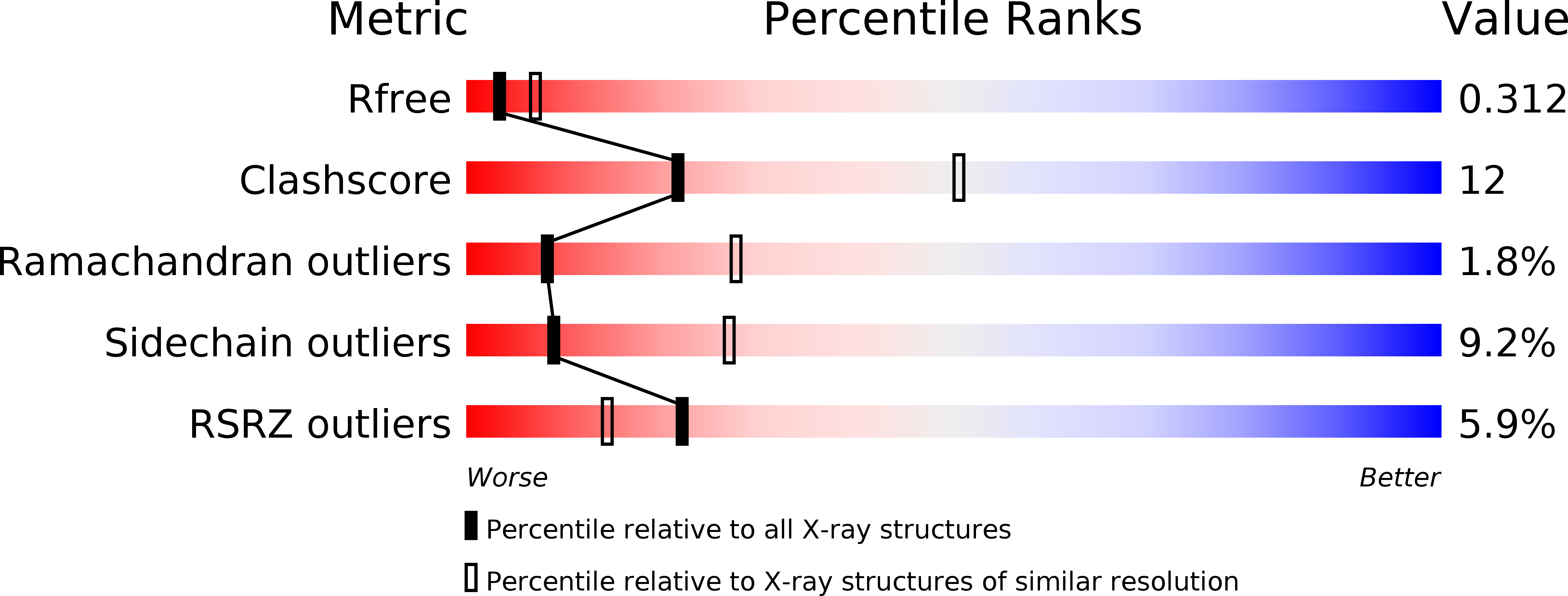
Deposition Date
2006-09-08
Release Date
2007-04-03
Last Version Date
2024-10-30
Entry Detail
PDB ID:
2IAN
Keywords:
Title:
Structural basis for recognition of mutant self by a tumor-specific, MHC class II-restricted TCR
Biological Source:
Source Organism:
Homo sapiens (Taxon ID: 9606)
Host Organism:
Method Details:
Experimental Method:
Resolution:
2.80 Å
R-Value Free:
0.29
R-Value Work:
0.22
R-Value Observed:
0.22
Space Group:
P 1 21 1


